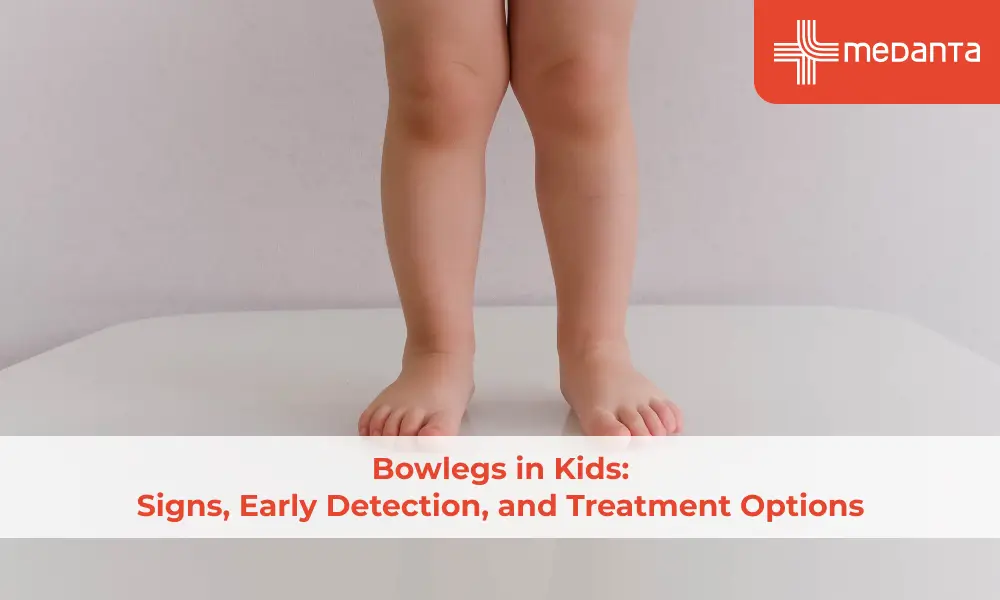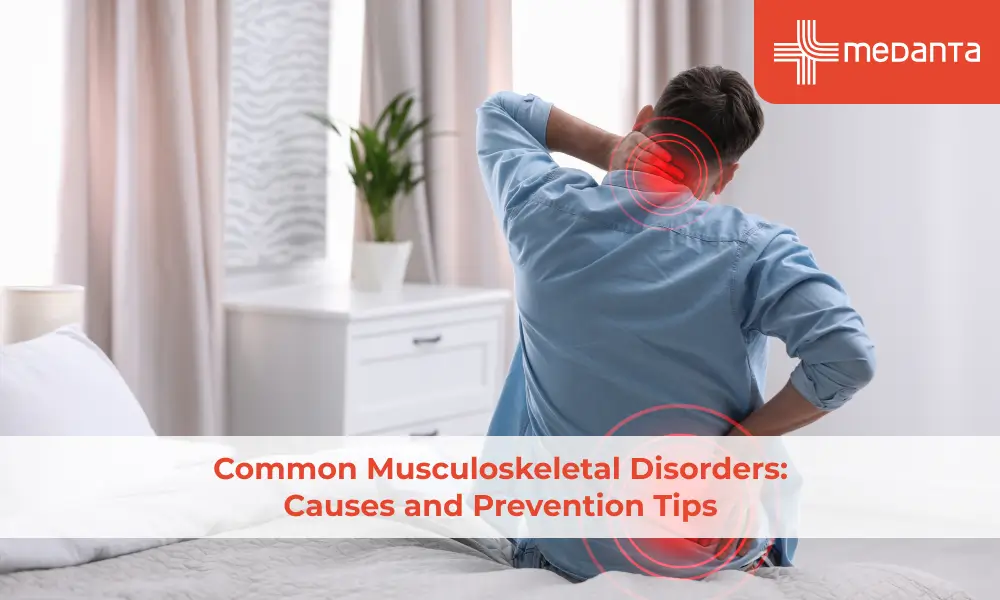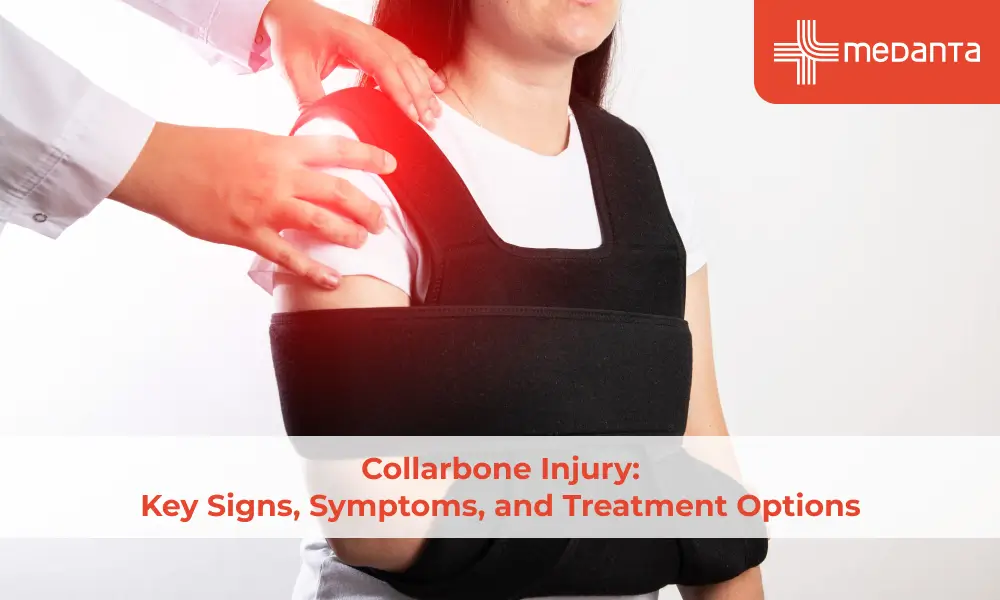Skin Changes During Puberty: Dealing with Acne Attacks

Are you struggling with skin acne? You are not alone. Over 85% of teens face this issue face this issue! They either have painful pimples or deep marks on the face, neck, and other areas.
If your parents had acne, then you might get it, too. The good news is that there are plenty of ways to prevent acne now exist. You can keep it under control and enjoy healthy and radiant skin. In this blog, we will discuss pimples due to hormonal imbalance and how to cure them.
What Do You Understand by Puberty?
Your body changes during puberty, which helps you transition from children to adults. It includes changes in intimate areas, body hair growth, and other indicators. They indicate that you are getting closer to becoming emotional and physical parents. For everyone, it's a normal and essential aspect of growing up.
These include:
- Genital growth in males as well as females
- Breast development in females
- Growth of pubic hair in both sexes
- Changes in skin texture
Skin Changes Due to Puberty
Around puberty changes, the androgen receptor and gonadotropin-releasing hormone (GnRH) take the stage. These hormones get busy sending signals to both the testicles and ovaries. What happens next is these signals wake up dormant hormones. Take GnRH, for example – it's the one telling the ovaries to kickstart the production of estrogen and testosterone.
During puberty, girls start producing hormones that weren't active when they were seven or eight. Once released into the bloodstream, these hormones kick the sebaceous glands into action.
Consequently, the natural skin oil called sebum travels up into the hair follicles, each equipped with an oil gland. This uptick in androgen hormones during puberty plays a role in common issues like acne, heightened skin oiliness, and the onset of body odour in girls.
Different Types of Acne
Here are some types of acne in teens.
- Whiteheads: The white dots caused by pores filled with oil and covered by layers of skin.
- Blackheads: The black bumps formed when material comes out through impacted pores.
- Papules, nodules, or pustules: More serious lesions appearing red and swollen due to inflammation or infection around clogged follicles, often painful.
- Cysts: Deep and pus-filled acne.
Causes of Acne
Understanding acne starts with knowing how your skin functions. Your skin has tiny pores that contain many oil glands. When puberty hits, a surge of sex hormone (androgens) takes place. These hormones make your oil glands more active and larger, producing excess oil. This surplus sebum can clog pores or follicles with skin cells. Thus, it fosters the growth of Cutibacterium acnes.
When infected, blocked pores result in pimples—raised red spots with white centres. Whiteheads form when a pore closes, and bulges, while blackheads occur when a pore clogs, remains open, and the top appears black owing to oxidation, not because the skin is "dirty."
A pimple may occur in the presence of thriving bacteria, making the pimple red and inflamed. Deeper blockage and inflammation inside the pores lead to the development of cysts—big, painful lumps under the skin's surface.
Acne triggers extend beyond puberty, with hormonal changes from birth control medicines, menstruation, and pregnancy potentially causing outbreaks. External factors like thick face creams, hair dyes, cosmetics, and greasy hair products can contribute to pore blockage. Friction from clothing, especially on your back and chest, can exacerbate acne. Additionally, heavy sweating during exercise or in hot and humid climates may worsen the condition.
Surprisingly, stress also increases oil production. It often results in new pimples, especially before significant events like the first day of college or school.
When To See A Dermatologist?
If you are suffering any of these right now, it's time to see a dermatologist.
- In case you are tired of using many skincare products and everything has stayed the same.
- When acne doesn't go away after clearing up initially.
- If the acne-related cysts are quite painful.
- When you've had acne on your skin for a long time.
- If your mental health is suffering as a result of acne.
Tips to Deal Acne
Here's what you can do to deal with puberty skin acne:
- Creams for Your Skin:
For mild to medium acne, try creams from the store with things like salicylic acid or benzoyl peroxide.
- Doctor's Help:
A skin doctor might give you stronger creams or even pills if your acne is severe.
- Special Skin Treatments:
Doctors can do special treatments like peels or lasers to help with hormonal acne and scars.
- Skin Cleaning Routine:
You should wash your face gently while using products that don't block your pores. Never scrub too hard.
- Healthy Lifestyle:
You should eat good food, exercise, and get enough sleep. This helps balance your hormones and keeps your skin healthy.
- Eating Right for Clear Skin:
Certain foods can help prevent acne, like plant-based foods with antioxidants. These foods reduce redness and make your skin better. Omega-3 fatty acids, found in some foods, also help your skin. Avoid consuming too much sugary foods, dairy, simple carbs like white bread and red meats.
Conclusion
Going out with acne on your skin or using makeup on your face can be quite tough. The pimples on your face have occurred when you hit puberty. Skin changes are common among teens. No matter what happens, you should value your beauty because you are beautiful in all ways. The best part is that your acne is treatable, and you can get clear-free skin with the right treatment.





